
The Ten Foundational Pillars of Hinduism
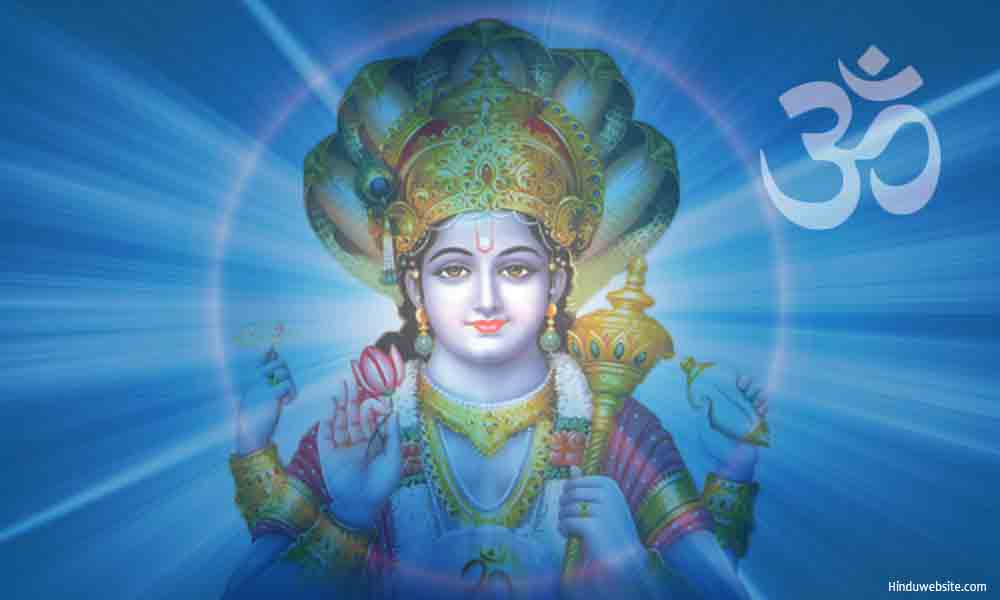
The Triple Gunas, Sattva, Rajas and Tamas
Hinduism has an unbroken and continuous history of over 5000 years, with its roots in the prehistoric traditions of ancient India. It does not truly fit into the definition of a religion. Unlike other world religions, it has no prophet, no founder and no organized institution. It is a composite tradition, with many sectarian movements and schools of philosophy, each of which can count as a religion in itself. Because of its diversity and complexity, Hinduism is also one of the most difficult religions to know. Even those who have been practicing it for their entire lives may not have a complete understanding of it. Still, it is practiced by people from all backgrounds and cultures in the length and breadth of the Indian subcontinent. The popularity, distinction and continuity of Hinduism rest upon many pillars. The following ones are a few most important ones.
Scriptures
Hinduism is not derived from a single scripture or source. It has numerous scriptures most of which were composed in the remote past. Of them, the Vedas are considered the oldest and divine in origin. Hence, they are also inviolable. Other texts are inspired by God or gods, but composed by humans. They are also sacred and revered. The Upanishads, the Bhagavad-Gita, the Sutras, Shastras, Itihasas (Ramayana and Mahabharata), the Puranas, and the Agamas and Tantras are considered the most sacred. In addition, there are also many commentaries (bhashyas), summaries and compositions in multiple languages, which are useful for the practice of the religion. The strength of Hinduism is mainly derived from its scriptures. They are also probably the older living texts than of any religion or civilization.
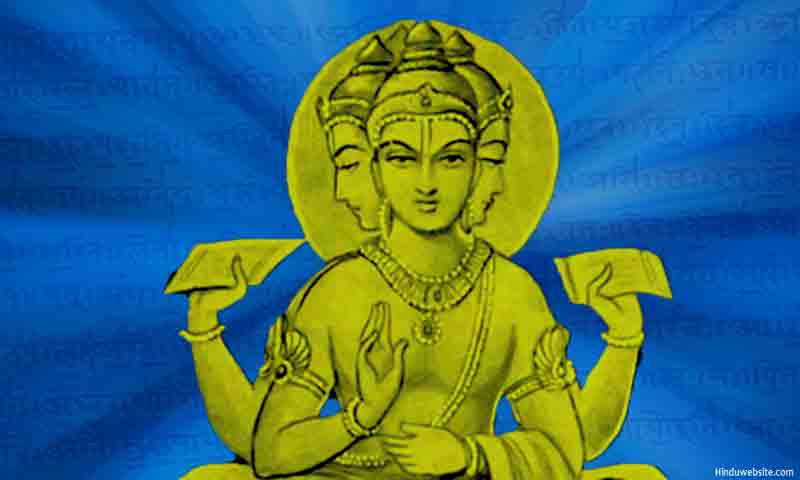
Rituals
Rituals are an important and unique part of Hinduism. They played an important role in the continuity of Hinduism, and still constitute its visible and popular aspect. The rituals of Hinduism are collectively known as Karmakanda. Some of them are simple, but some are complex and may involve a long time. They form part of the sacred duties (Dharma) of Hindu householders, and the Hindu way of life. Included in them are fire sacrifices (yajnas and homas), domestic worship with prayers and offerings (puja, bhajana, harathi, etc.), penances (vratas), purification ceremonies, temple rituals (archana, seva, utsava), and sacraments (samskaras). Hindu rituals are meant to nourish the gods and establish a direct and personal connection with chosen deities mainly for the fulfillment of desires or protection again inimical forces. They also help the mind stabilize in the contemplation of God.
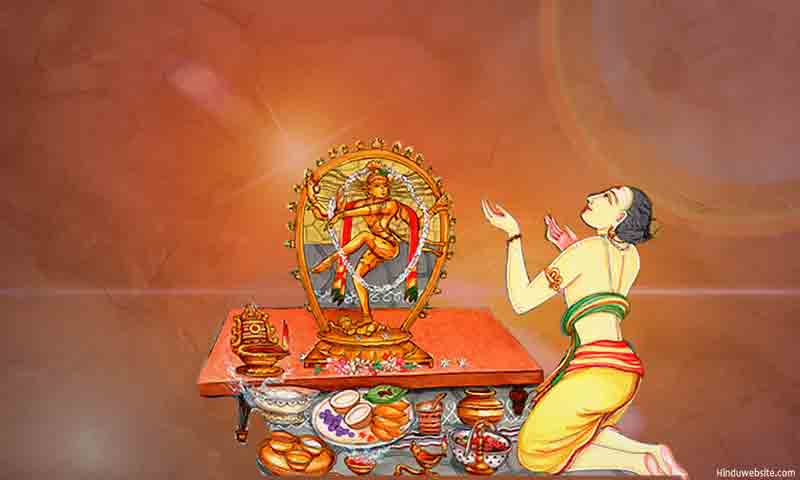
Spirituality
Hinduism has a rich body of spiritual knowledge, which is known as Jnanakanda. It is another strong pillar of Hinduism which a played a significant role in its continuity and popularity. The spiritual knowledge of Hinduism is derived from many sources, but mostly from the Brahmanas, Aranyakas, Upanishads, Vedangas, Puranas, Agamas, Tantras, Sutras, Darshanas, etc. In addition, it is being continuously updated by spiritual gurus. From the earliest times, countless seers, sages, scholars, philosophers, ascetic groups and teacher traditions, enriched Hinduism with their knowledge and personal example, and they continue to do so. According to Hinduism the ultimate aim of human life is liberation (Moksha), while pursuing other important aims such as wealth and pleasure. For that, it prescribes several methods and approaches. The Classical Yoga or the Ashtanga Yoga of Patanjali is one of them. Others include Hatha Yoga, Raja Yoga, Kriya Yoga, Bhakti Yoga, Sanyasa Yoga and so on.
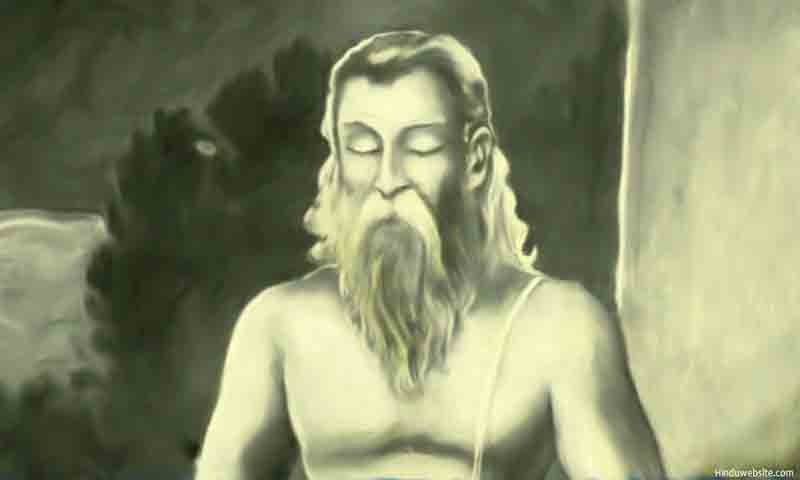
Divinities
Hinduism has aspects of both polytheism and monotheism. The Hindu pantheon, consisting of numerous divinities, is a strong feature of Hinduism. It is also one of its unifying features, and in many ways responsible for its popularity and wider appeal in the subcontinent. The gods and goddesses of Hinduism are its true pillars. They impart to it color and vibrancy, and make it truly unique. Because of their very human like features, they have a social and moral aspect too. The gods and goddesses of Hinduism come from different traditions and backgrounds and represent its various sectarian, local and regional traditions. Although they have different histories, the deities presently belong to one large family of Hindu cosmogony, with Brahman as the highest, Supreme Self. The divinities may perform different roles in creation as part of their duties, but in their essential and highest aspect they are not different from him.
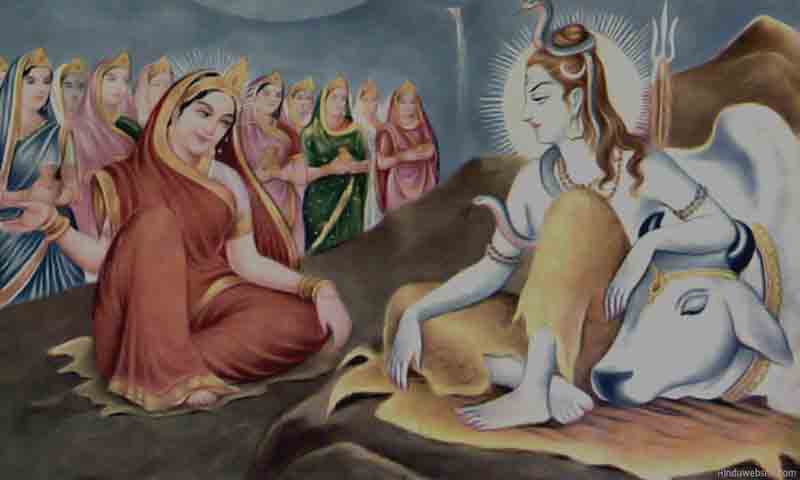
Teachers or Gurus
Hinduism does not have prophets and messengers of God. Their roles are shared by numerous spiritual teachers, saints and seers. Since the earliest times, the tradition of guru has been a vital aspect of Hinduism. They are the living pillars of Hinduism, who keep its ancient knowledge flowing from generation to generation with contemporaneous touch and keep it in tune with the changing times. A guru is considered God in human form. In ancient India, gurukulas were centers of religious and spiritual education where selfless teachers trained young students in the ritual and spiritual aspects of the tradition. With their dedicated and selfless service, they saved Hinduism in difficult times especially when the rulers were foreigners or non-Hindus. We also have many divine teachers, gods who act as gurus. Brahma was the teacher of gods, humans and demons. Shiva is the universal teacher. Vishnu served in many partial incarnations as a spiritual teacher.

Caste
Although Hindu caste system has numerous drawbacks, it is also one of its vital institutions which contributes to the preservation and continuation of Hinduism. The caste rules and the caste system are not legally enforceable anymore. However, caste in Hinduism is still an important social institution, which inculcates discipline, unity and loyalty among caste members, preserving family traditions and ensuring the order and regularity of society. Many Brahmanas by birth and by merit dedicate their lives to the study, practice and propagation of Dharma, while many Hindus take upon themselves the duties of Kshatriyas to protect the community and the religion from outside attacks. Although it promotes social inequality and discrimination and keeps the communities divided on caste lines, the caste system is still an important pillar of Hinduism and plays an important role in the social, political and economic lives of its people.
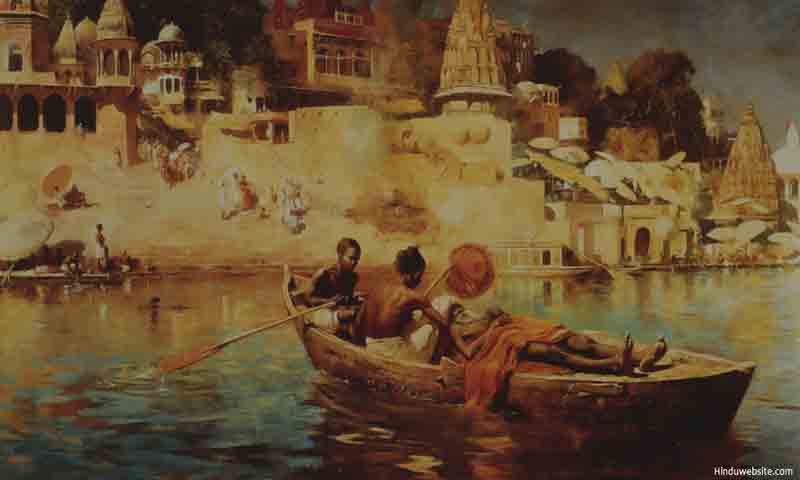
Family
The main focus of Hinduism is upon the peace and prosperity, preservation and continuation of the family. A householder cannot ignore his family or family duties, since they arise as a consequence of his karma only. His own spiritual wellbeing becomes important mainly after he renounces his worldly life and takes up Sanyasa. Hindus believe that just as God takes care of his large family (Vasudaika Kutumbam) by selflessly performing his duties, as householders they should do the same. They should follow his example upon earth and perform their obligatory duties to take care of their families. The practice of Dharma is a collective effort. Family members have to assist the head of the family in performing his religious duties. Thus, for a householder his family comes before all, until he renounces worldly life and becomes a recluse.

Temples
The temples are the most concrete symbols of Hinduism. They played a significant role in the continuation of Hinduism and its mass appeal. For Hindus, a temple (devalayam) is a divine abode and a sacred space, where humans have an opportunity to serve their chosen deities and declare their devotion, loyalty, feelings and concerns in most personal terms. The temple deities are viewed as the living and breathing incarnations (arcas) of their heavenly counterparts, and accordingly served with dedication and attention, just as a royal guest or an important person is served with honors. The temples also provide the people with an opportunity to participate in religious and devotional activities and engage in good karma. Nowadays, they are also playing an important role in raising public awareness about the religion, morality, religious duties and social responsibility, while some are running Vedic schools to train young students and charitable services to help the poor.

India
Geography played an important role in the origin and development of Hinduism. For Hindus, India is a sacred land (Veda Bhumi), known as Jambu Dvipa and the land of the Bharatas, which gave birth to countless pious souls, and even God’s incarnations and manifestations. It is dotted with numerous sacred rives, places of pilgrimage, temples and holy places which stand testimony to its strength, antiquity and popularity. The peculiar geographical conditions of the Indian subcontinent contributed to it, with mountains in the North and the Indian ocean on three sides, which limited its contact with outside world and enabled it to develop entirely in the native environment and acquire its distinct features. Even the name Hindu was originally a reference to the people who lived in the region rather than their faith. Climate and geographical barriers also played an important role in its development. India is still home to Hinduism, where the majority of Hindus live.

Culture
Hinduism and its various sectarian traditions gave birth to many social and cultural trends, norms and practices, which are distinctly Indian in character and expression. Hinduism itself is considered an amalgamation of numerous ancient traditions and cultures. Its beliefs and practices in turn gave birth to many distinct styles of cultural trends and expressions in music, art, architecture, dance, drama and other artistic endeavors. Unique art forms such as Bharat Natyam, Kuchipudi, Kathakali, Carnatic Music and folk art are essentially religious in character and derived from the devotional theism of Hinduism. Sanskrit, in which most Hindu scriptures are composed, is the foundation of Hindu Sanskriti (civilization). As the language of the Vedas and other scriptures, it is the root of India’s cultural norms, civilized behavior and artistic styles. In recent centuries, the distinctiveness of Hindu culture attracted the attention of many in the West and contributed to its growing popularity.

Suggestions for Further Reading
- Ten Distinguishing Features Of Hinduism
- Ten Reasons Why You Should Worship Shiva
- The Ten Main Duties (dharmas) in Hinduism
- The Ten Iconic Symbols of Hinduism
- The 12 Manifestations of Brahman, the Supreme God of Hinduism
- Ten Incredible Reasons Why Hinduism is an Amazing Religion
- Hinduism or Sanatana Dharma?
- Hinduism Resilience Against Islam and Christianity
- The Complexity of Knowing Hinduism
- Main Beliefs and Practices of Hinduism
- Devotion and Meditation in Hinduism
- The True Essence of the Hindu Way of Life
- The Construction of Hinduism
- Three Myths about Hinduism
- Essays On Dharma
- Esoteric Mystic Hinduism
- Introduction to Hinduism
- Hindu Way of Life
- Essays On Karma
- Hindu Rites and Rituals
- The Origin of The Sanskrit Language
- Symbolism in Hinduism
- Essays on The Upanishads
- Concepts of Hinduism
- Essays on Atman
- Hindu Festivals
- Spiritual Practice
- Right Living
- Yoga of Sorrow
- Happiness
- Mental Health
- Concepts of Buddhism
- General Essays
Image Credits: The images used in this articles are either in public domain or licensed under various Creative Commons Attribution-Share Alike Generic licenses by Wikipedia, Himalayan Academy Publications and Wikimedia. This article is copyright Hinduwebsite.com and should not be reproduced in any format without prior written permission.